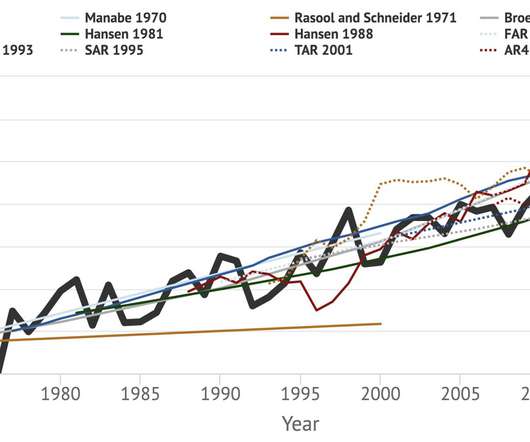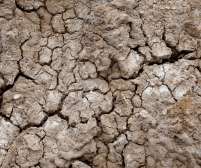A Nobel pursuit
Real Climate
OCTOBER 12, 2021
Manabe’s early focus was on radiative-convective equilibrium, and his seminal 1967 paper (with his longtime collaborator Richard Wetherald, who passed in 2011 ). The basic issue stems from the different timescales of the ocean and atmosphere. But let’s go back to the beginning. 1975) , and Bryan et al.












Let's personalize your content